Review: Pacific Symphony salute to Duke Ellington fails to swing

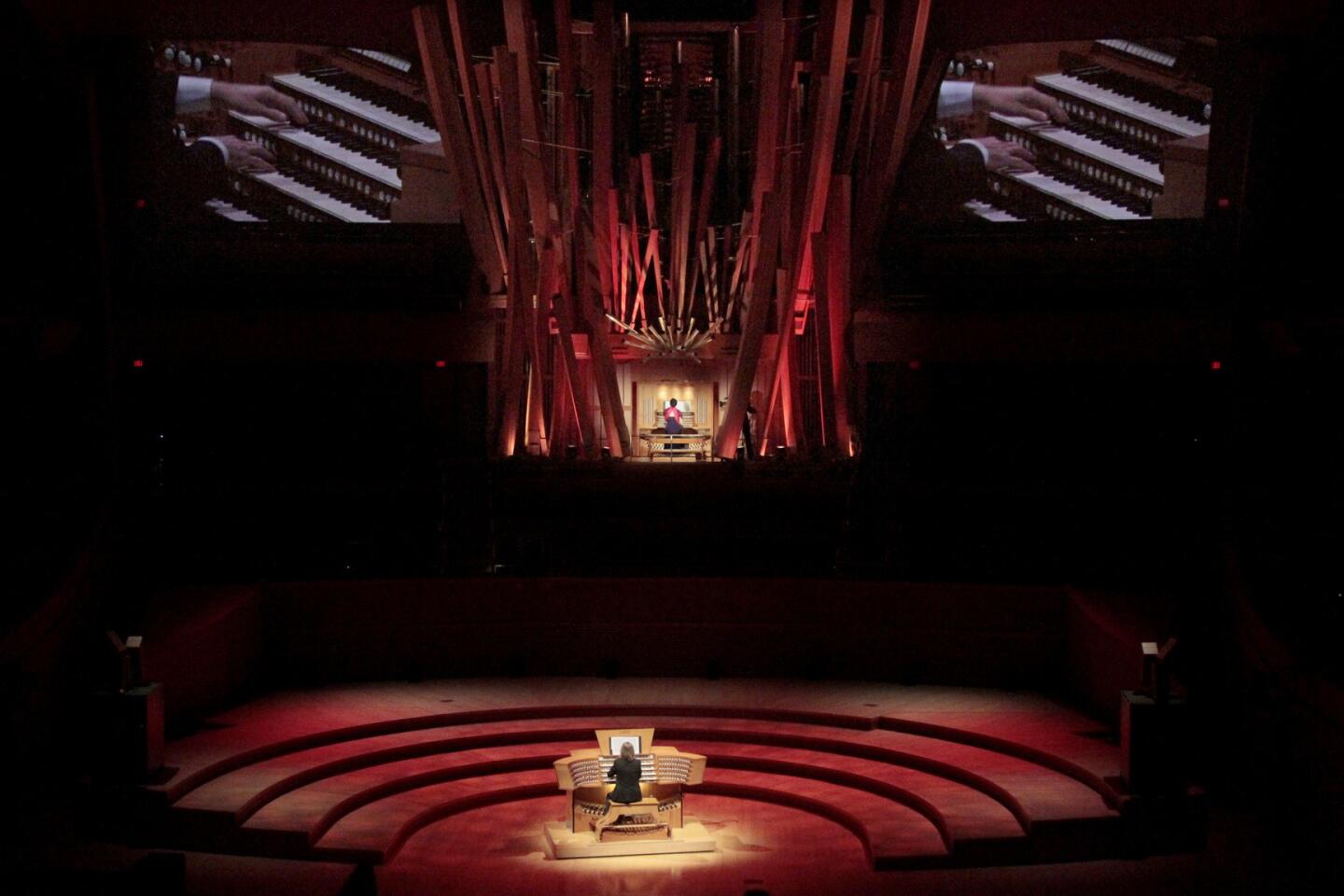














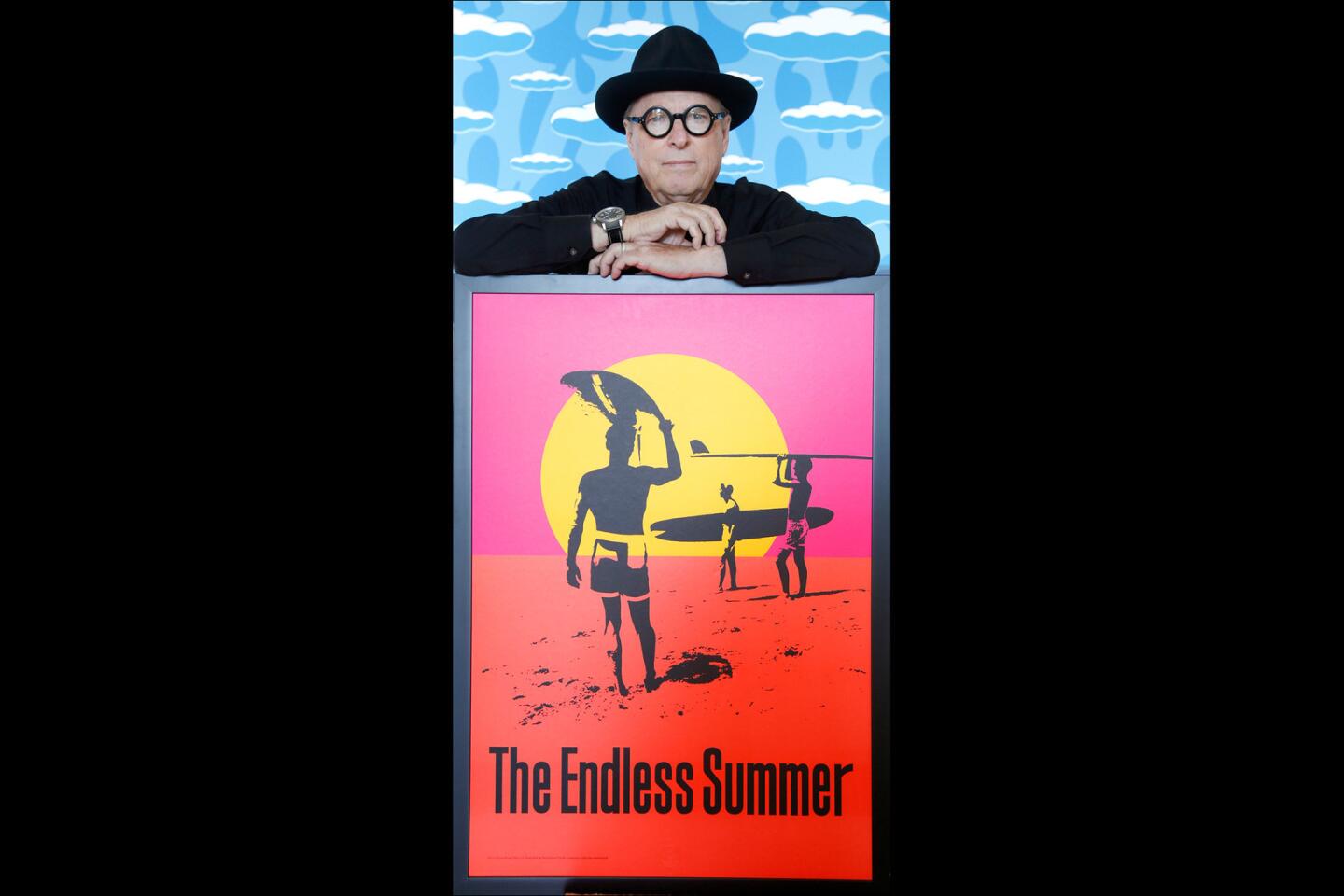





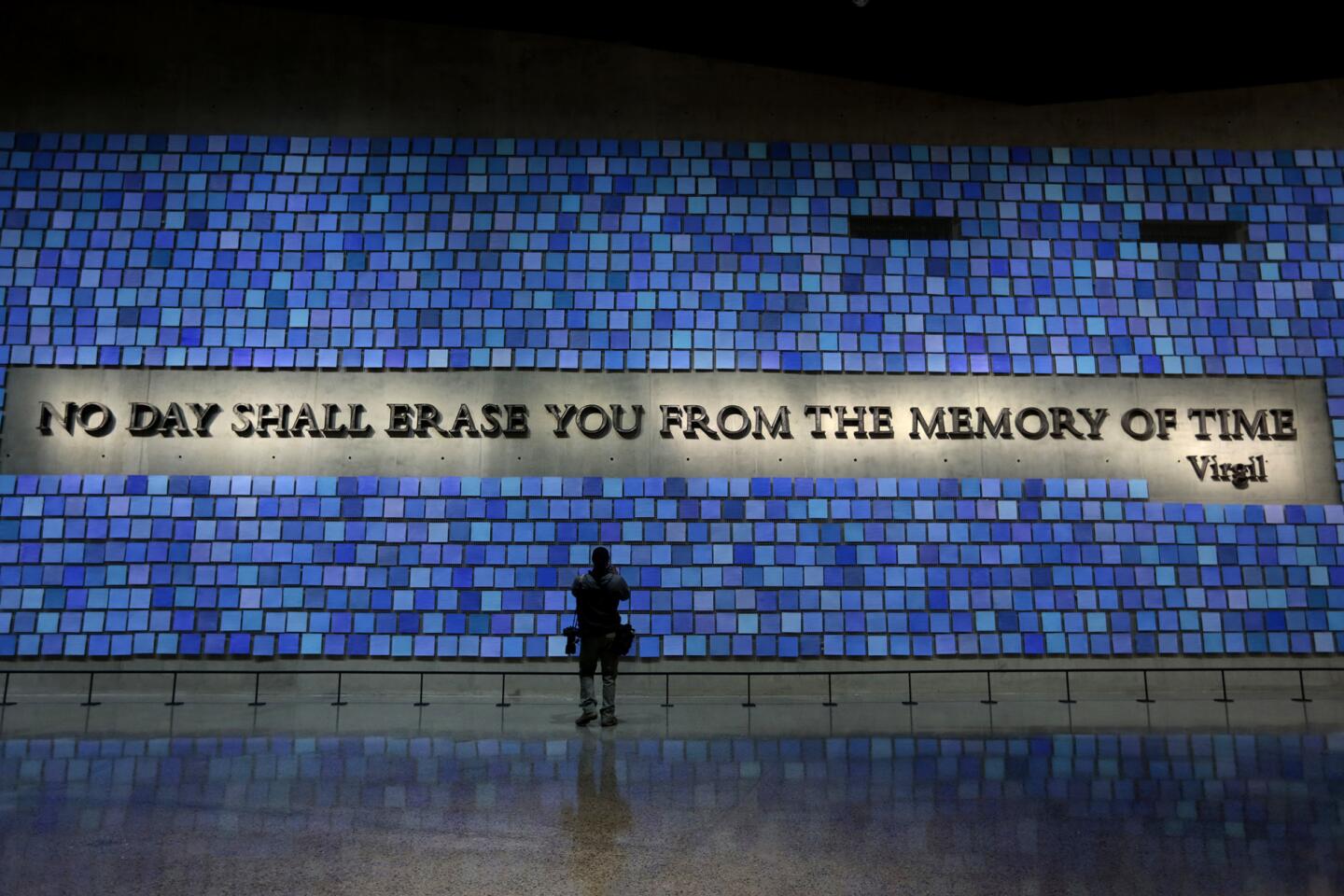






MORE: Oscars 2014: Idina Menzel sings Oscar-winning ‘Let It Go’ from ‘Frozen’
Idina Menzel replaced by ‘Adele Dazeem’ in ‘If/Then’ playbill joke
Adele Dazeem (Idina Menzel) saluted at ‘The Book of Mormon’ (Robert Gauthier / Los Angeles Times)

MORE: Orlando Bloom, Joe Morton brighten TchaikovskyFest at Disney Hall
REVIEW: Tchaikovsky on a grand scale (Lawrence K. Ho / Los Angeles Times)

REVIEW: Barry Manilow’s ‘Harmony’ musical can sing but needs work (Luis Sinco / Los Angeles Times)

MORE: Carlos Almaraz’s time is coming, nearly 30 years after death (Kirk McKoy / Los Angeles Times)

MORE: Hollywood’s Theatre Row sees exits stage right, left as scene changes
INTERACTIVE: Hollywood’s Theatre Row (Genaro Molina / Los Angeles Times)

More: Grammys 2014: Lang Lang performs ‘One’ with Metallica (Robert Gauthier / Los Angeles Times)

Review: Christopher Plummer, a man of letters, says ‘A Word or Two’ (Doriane Raiman / Los Angeles Times)

REVIEW: A poet embedded among troops lives to tell ‘An Iliad’ (Lawrence K. Ho / Los Angeles Times)

MORE: New MOCA director Philippe Vergne is a museum veteran
New MOCA director Philippe Vergne plans an artist-enabling museum (Carolyn Cole / Los Angeles Times)
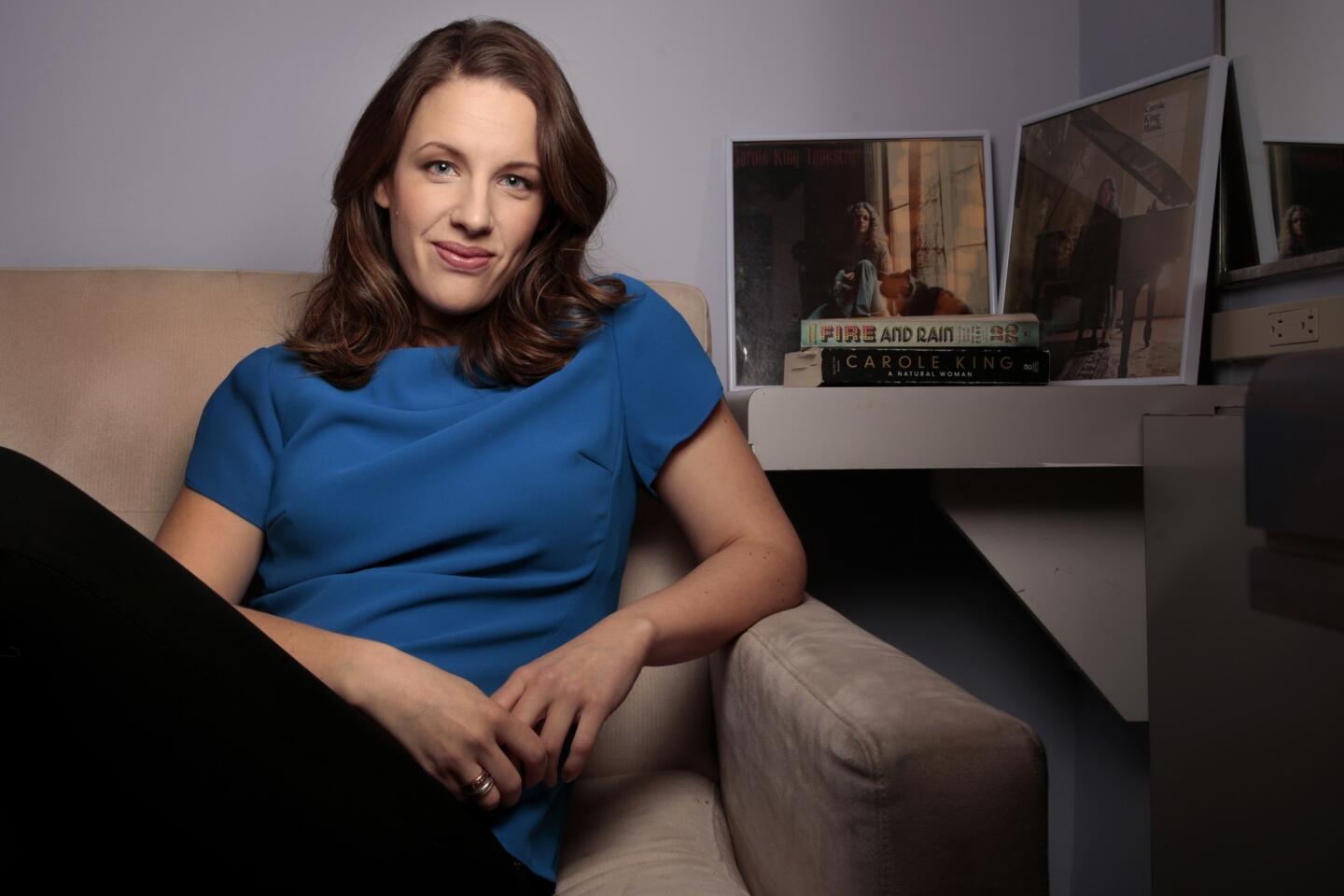
MORE: A ‘Beautiful’ tapestry of Carole King’s life (Carolyn Cole / Los Angeles Times)

REVIEW: L.A. Phil, Dudamel reinvigorate Tchaikovsky’s ‘Nutcracker’ (Lawrence K. Ho / Los Angeles Times)

REVIEW: Lively ‘Peter and the Starcatcher’ make us believers again
MORE: Baddie role in ‘Peter and the Starcatcher’ hooked John Sanders (Jay L. Clendenin / Los Angeles Times)

REVIEW: Cirque du Soleil’s ‘Totem’ a thrilling salute to human growth (Christina House / For the Times)

REVIEW: Time has overtaken ‘The Sunshine Boys’ (Lawrence K. Ho / Los Angeles Times)

REVIEW: ‘Chicago’ storms into the Hollywood Bowl (Jay L. Clendenin / Los Angeles Times)
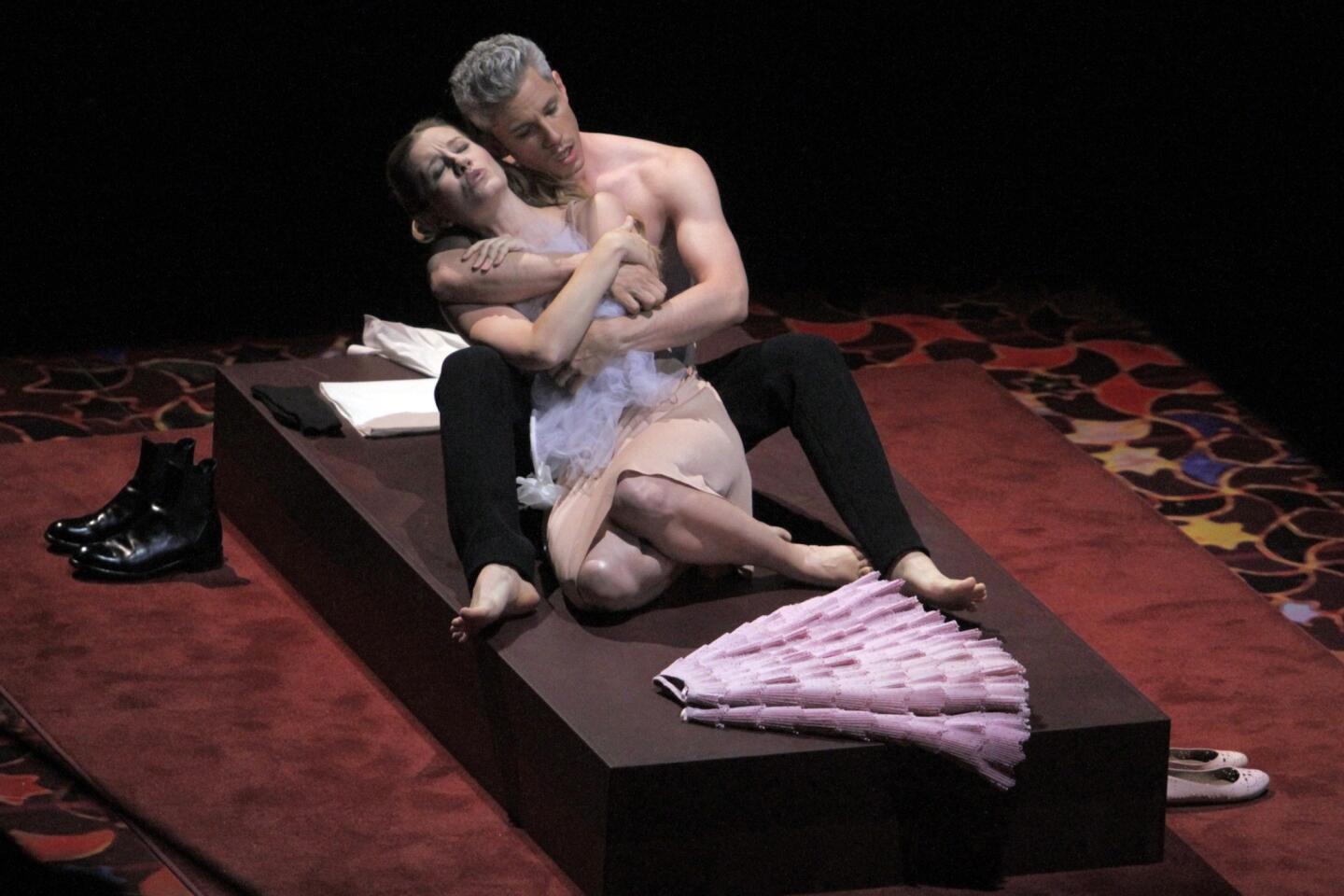
REVIEW: ‘Marriage of Figaro’ a wedding of many talents (Lawrence K. Ho / Los Angeles Times)
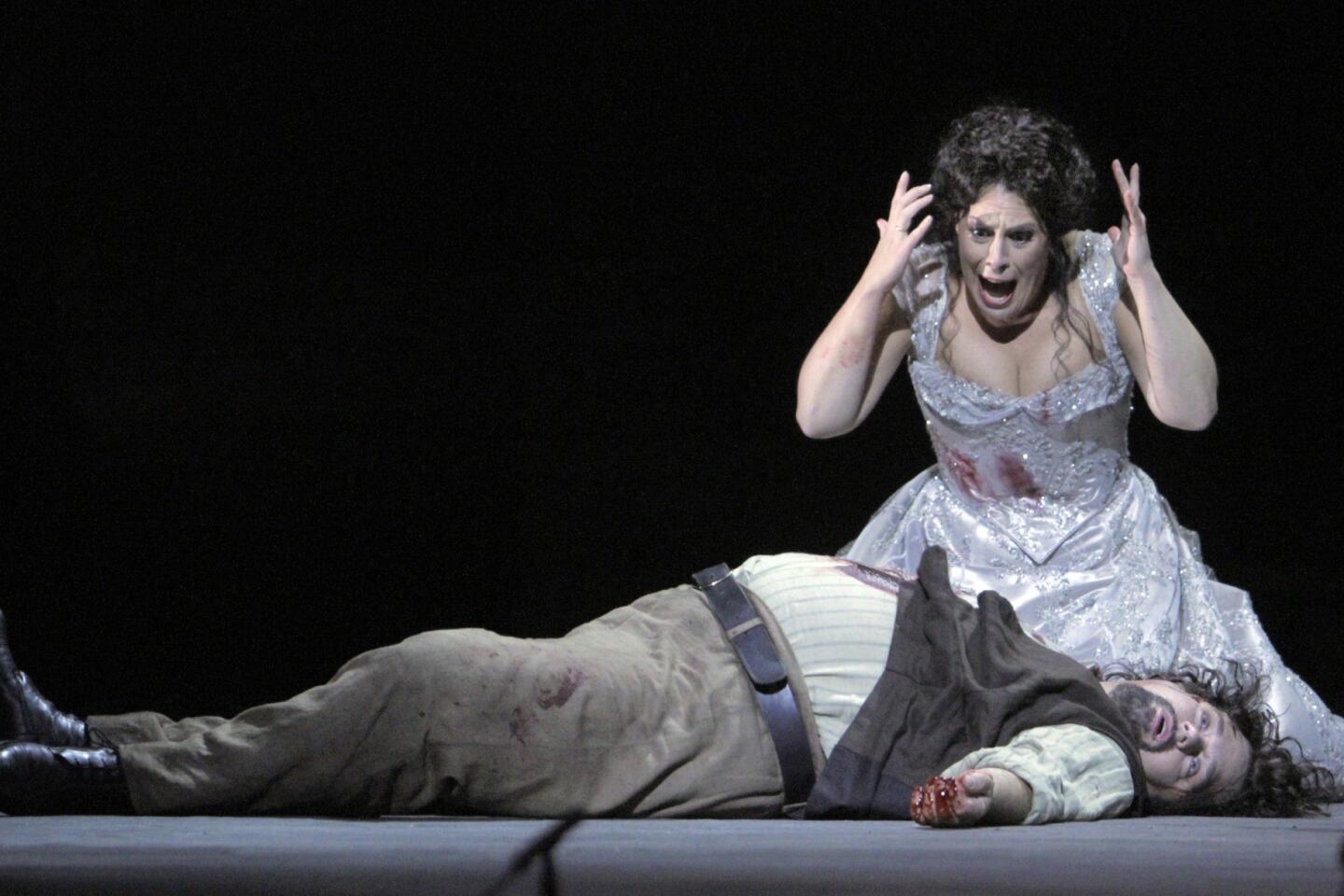
REVIEW: With ‘Tosca,’ Los Angeles Opera goes for grand (Lawrence K. Ho / Los Angeles Times)
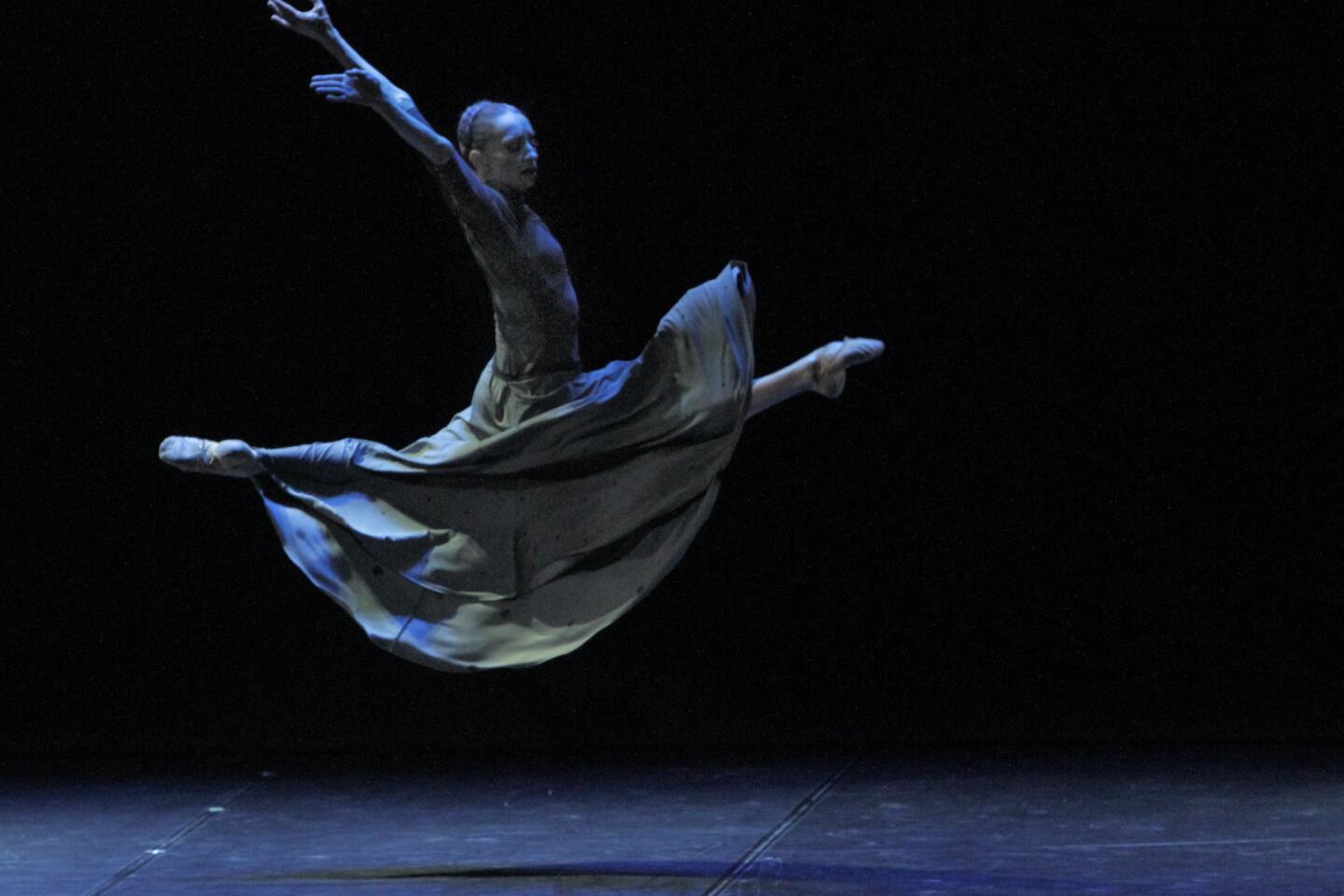
REVIEW: The collateral damage of genius in Boris Eifman’s ‘Rodin’ (Lawrence K. Ho / Los Angeles Times)

REVIEW: ‘The Royale’ punches well but has character issues (Lawrence K. Ho / Los Angeles Times)

REVIEW: L.A. Dance Festival returns to boost homegrown dance (Lawrence K. Ho / Los Angeles Times)

REVIEW: Sensual energy crackles in Alvin Ailey dance program (Luis Sinco / Los Angeles Times)

REVIEW: Aaron Copland as a hinge (Lawrence K. Ho / Los Angeles Times)

REVIEW: ‘American Buffalo’ at Geffen a refreshing dose of Mamet (Gary Friedman / Los Angeles Times)

REVIEW: Flashes of lightning in Trisha Brown’s ‘Astral Converted’ (Luis Sinco / Los Angeles Times)

REVIEW: A new Cinderella at Los Angeles Opera makes an impression (Lawrence K. Ho / Los Angeles Times)

REVIEW: Ethical quandaries buzz in ‘The Nether’ (Lawrence K. Ho / Los Angeles Times)

REVIEW: L.A. Opera’s ‘Flying Dutchman’ back in action (Lawrence K. Ho / Los Angeles Times)

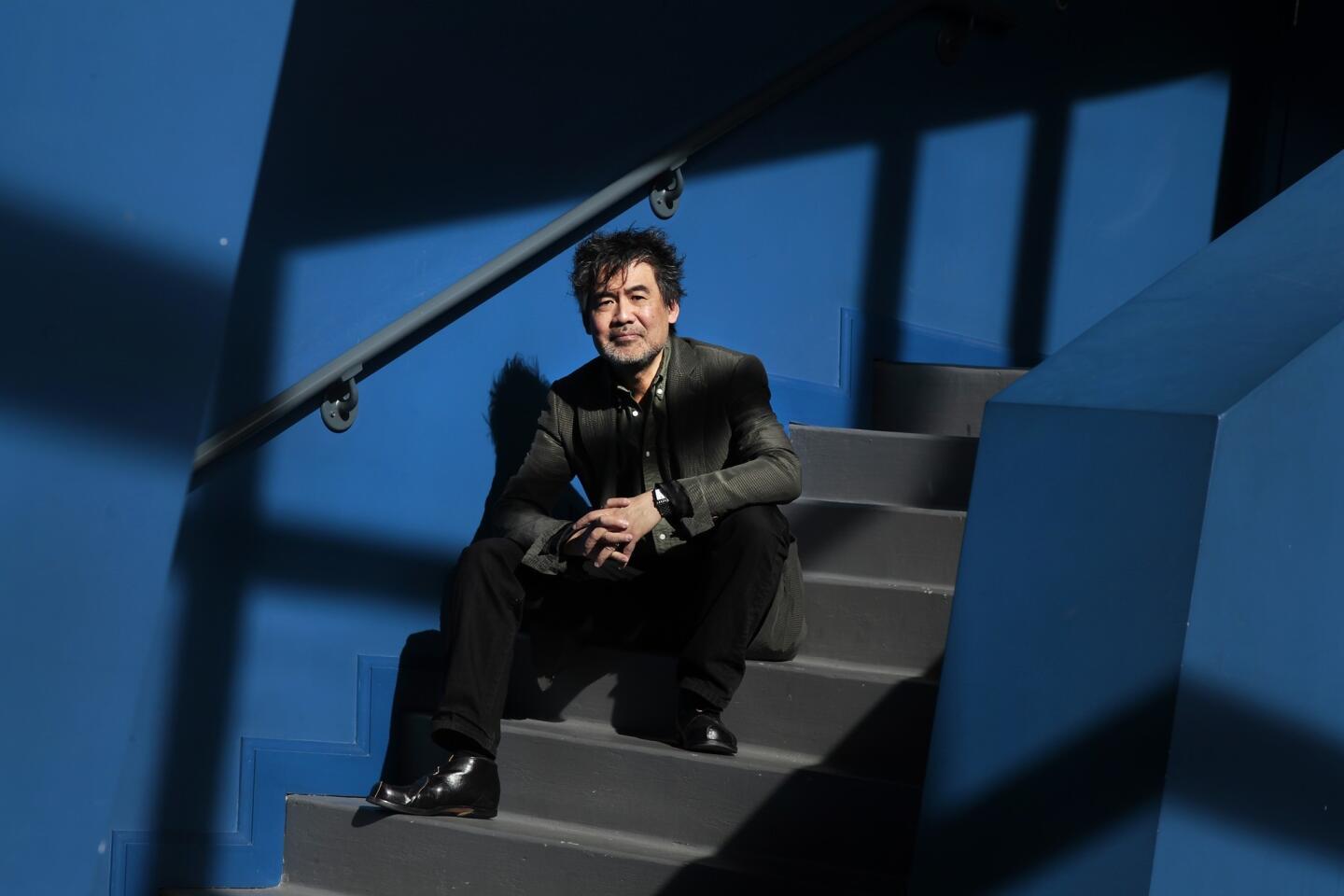
MORE: For David Henry Hwang’s ‘Chinglish,’ a case of bad timing in China (Rick Loomis / Los Angeles Times)

MORE: Clive Davis’ next role: Broadway producer of a new ‘My Fair Lady’ (Gina Ferazzi / Los Angeles Times)

REVIEW: The usually inventive BBC Concert Orchestra goes retro (Lawrence K. Ho / Los Angeles Times)

MORE: Los Angeles Chamber Orchestra violinist has a date with a Stradivarius (Francine Orr / Los Angeles Times)

REVIEW: Elevator Repair Service’s ‘Gatz’ a rewarding marathon | Elevator Repair Service takes on the great ‘Gatz’ | Marathon plays stand the test of time (Michael Robinson Chavez / Los Angeles Times)

REVIEW: Trey McIntyre Project dances are both slight and potent | Trey McIntyre Project brings ‘Ways of Seeing’ to Segerstrom (Luis Cinco / Los Angeles Times)
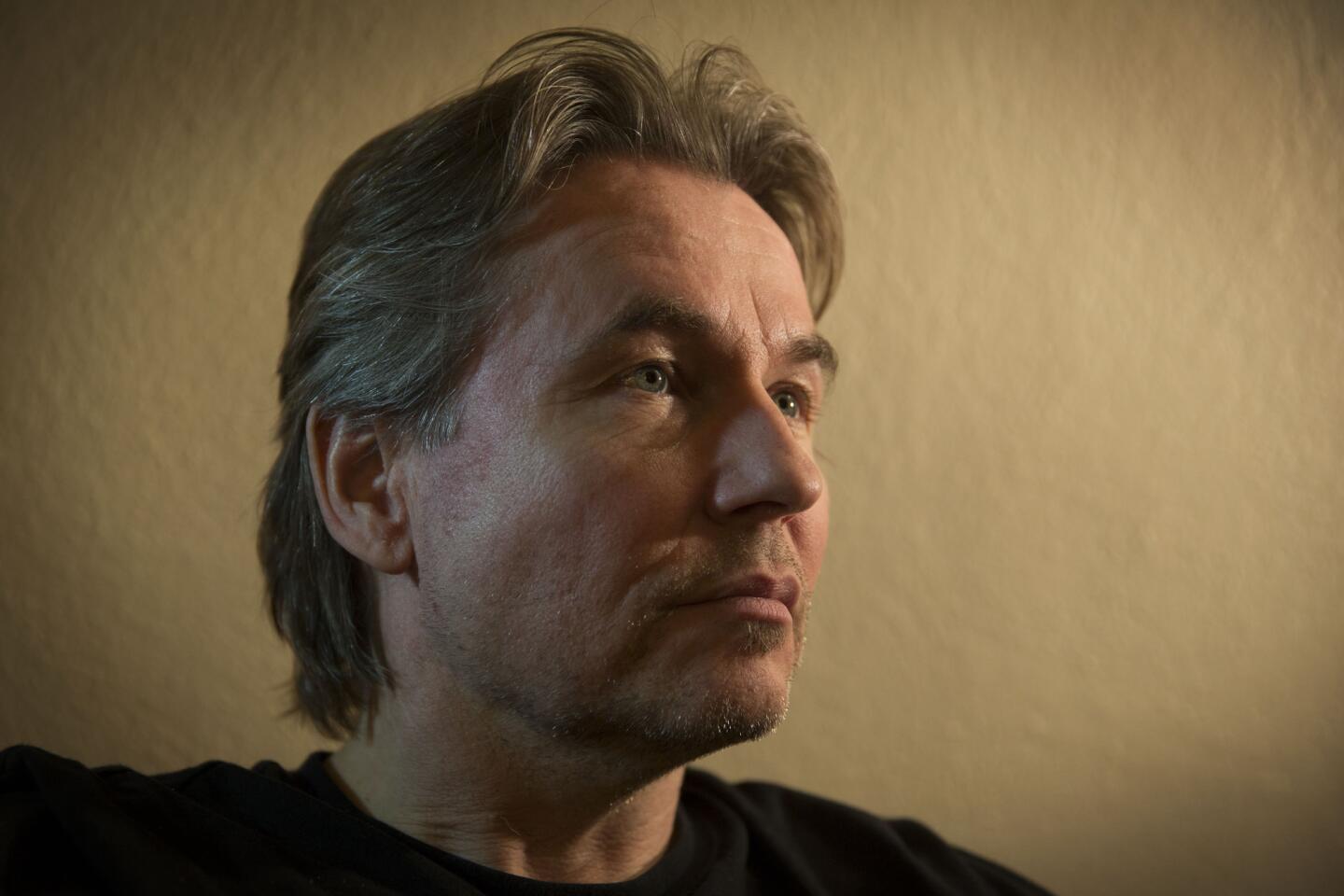
REVIEW: Esa-Pekka Salonen and an electrifying L.A. Philharmonic | Esa-Pekka Salonen returns to L.A. with murder in mind (Matthew Lloyd / For The Times)

REVIEW: Esa-Pekka Salonen and an electrifying L.A. Philharmonic | Esa-Pekka Salonen returns to L.A. with murder in mind (Michael Robinson Chavez / Los Angeles Times)

REVIEW: How David Lang’s ‘love fail’ succeeds sublimely (Michael Robinson Chavez / Los Angeles Times)

REVIEW: Bolshoi’s ‘Lake’ is sometimes choppy, sometimes smooth | Photos (Lawrence K. Ho / Los Angeles Times)

MORE: Glorya Kaufman gives USC millions to build a dance school (Al Seib / Los Angeles Times)

MORE: Benjamin Millepied gets moving in Los Angeles | Photos | Review (Ricardo DeAratanha / Los Angeles Times)

REVIEW: Barbra Streisand puts the Hollywood Bowl under her spell (Michael Robinson Chavez / Los Angeles Times)

REVIEW: Desire and sexual politics whirl among ‘Them’ (Ricardo DeAratanha / Los Angeles Times)

REVIEW: Two ways to capture magic of ‘The Tempest’ | Photos (Lawrence K. Ho / Los Angeles Times)
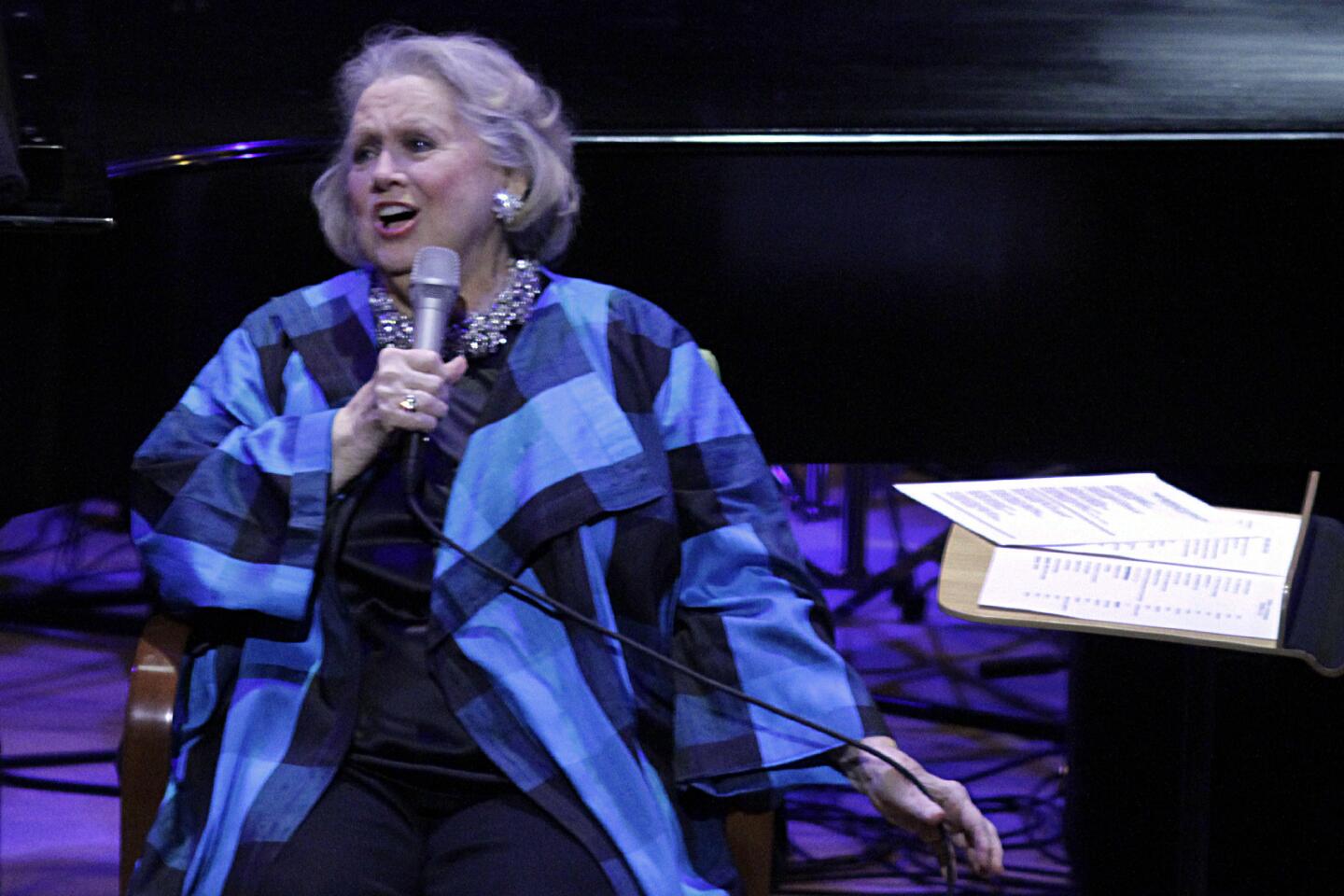
REVIEW: Barbara Cook rejuvenates song standards (Lawrence K. Ho / Los Angeles Times)

MORE: Rafael Fruhbeck de Burgos, Lynn Harrell at Disney Hall (Lawrence K. Ho / Los Angeles Times)

REVIEW: Some bright spots in a lesser ‘Madame Butterfly’ | Photos (Lawrence K. Ho / Los Angeles Times)

MORE: Opera’s ever-inquisitive Eric Owens is in high demand (Bob Chamberlin / Los Angeles Times)

Critic’s Notebook: The joys and challenges of the L.A. small-theater scene (Ricardo DeAratanha / Los Angeles Times)

MORE: Christopher Hawthorne’s On the Boulevards Project (Luis Cinco / Los Angeles Times)


MORE: George Takei builds on legacy with ‘Allegiance’ at the Old Globe (Don Bartletti / Los Angeles Times)

MORE: Emily Mann a natural to direct ‘Streetcar’ and ‘The Convert’ (Carolyn Cole / Los Angeles Times)

REVIEW: Lackluster Expo Line reflects Metro’s weak grasp of design (Mark Boster / Los Angeles Times)

MORE: James Corden, ‘One Man’ and a plethora of talent (Carolyn Cole / Los Angeles Times)

MORE: Llyn Foulkes’ art of raw emotion (Genaro Molina / Los Angeles Times)

MORE: Mickalene Thomas, up close and very personal (Al Seib / Los Angeles Times)

REVIEW: “Follies” is a source of heartache and razzmatazz (Glenn Koenig / Los Angeles Times)

MORE: Will downtown L.A.’s Grand Park succeed? | Photos (Francine Orr / Los Angeles Times)

MORE: Artist Xavier Veilhan casts Richard Neutra’s VDL House in a new light (Gary Friedman / Los Angeles Times)

REVIEW: A blazing “Red” with Alfred Molina as Mark Rothko (Gina Ferazzi / Los Angeles Times)

MORE: Lynn Nottage wants “Vera Stark” to be a conversation starter (Al Seib / Los Angeles Times)
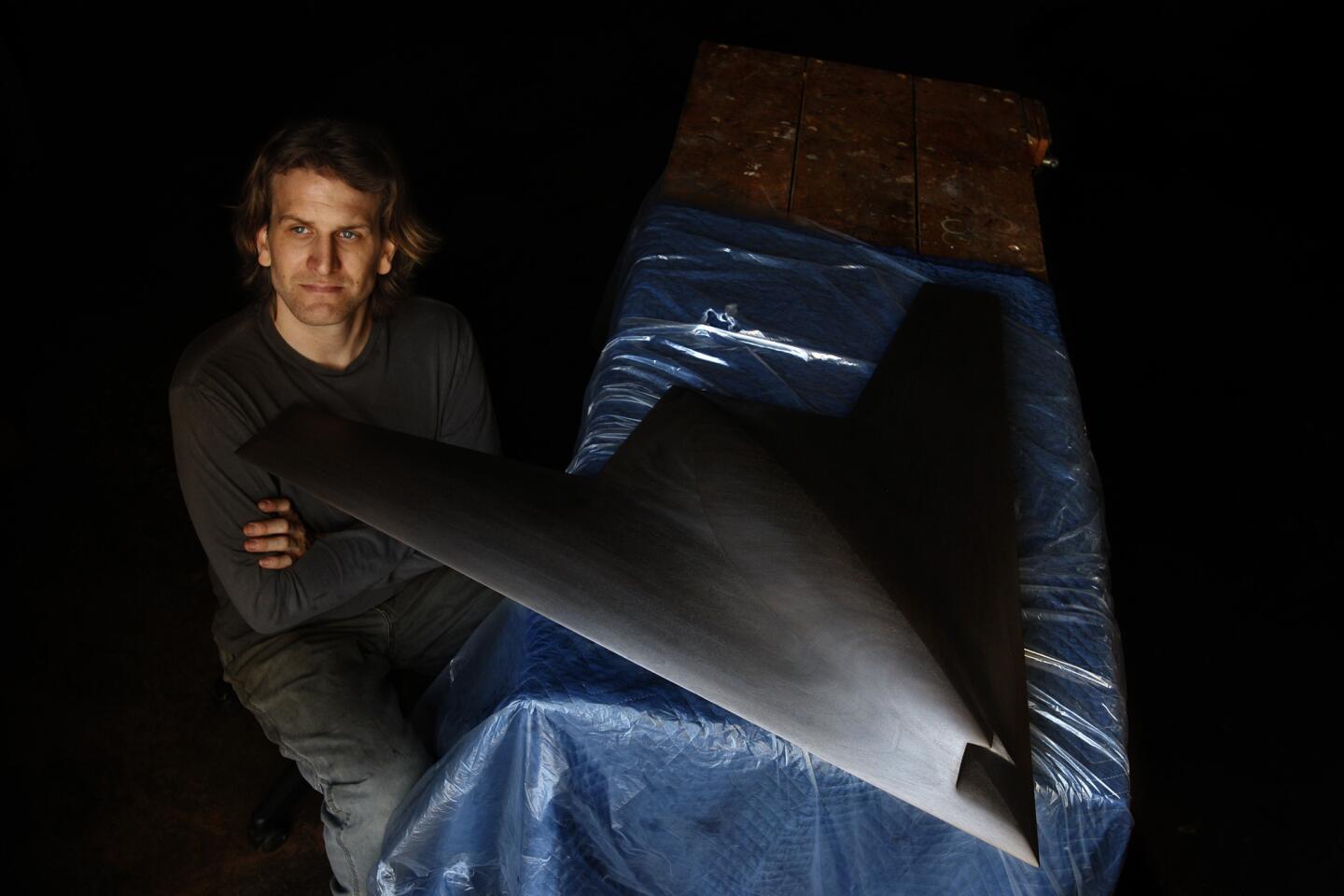
MORE: In the Studio: Ben Jackel uses broad ax strokes (Genaro Molina / Los Angeles Times)

Review: “War Horse” at Ahmanson Theatre is a marvel of stagecraft | Photos (Kirk McKoy / Los Angeles Times)

More: A pop choreographer with a busy schedule (Ricardo DeAratanha / Los Angeles Times)

More: Hammer biennial lends artists a helping hand (Kirk McKoy / Los Angeles Times)

More: Plácido Domingo leads an uptempo life (Robert Gauthier / Los Angeles Times)

More: In the moment with Cate Blanchett (Jay L. Clendenin / Los Angeles Times)
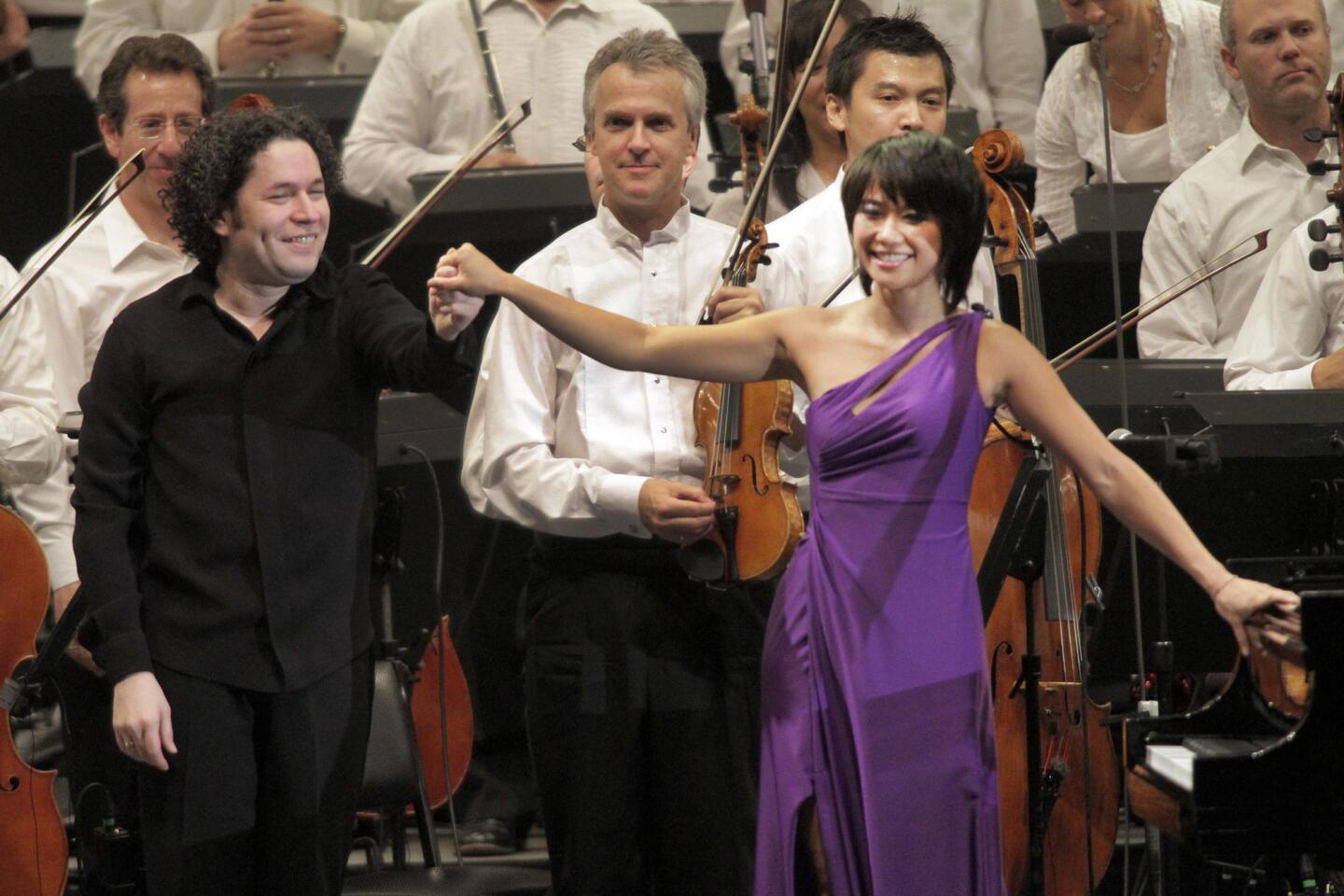
More: Yuja Wang turns heads at the Hollywood Bowl with a purple gown Photos (Lawrence K. Ho / Los Angeles Times)

More: Jesse Tyler Ferguson takes on ‘The Producers’ at the Bowl | Review | Photos (Lawrence K. Ho / Los Angeles Times)

Review: LACMA’s new hunk ‘Levitated Mass’ has some substance | Critic’s Notebook: Art on an architectural scale at LACMA (Gina Ferazzi / Los Angeles Times)
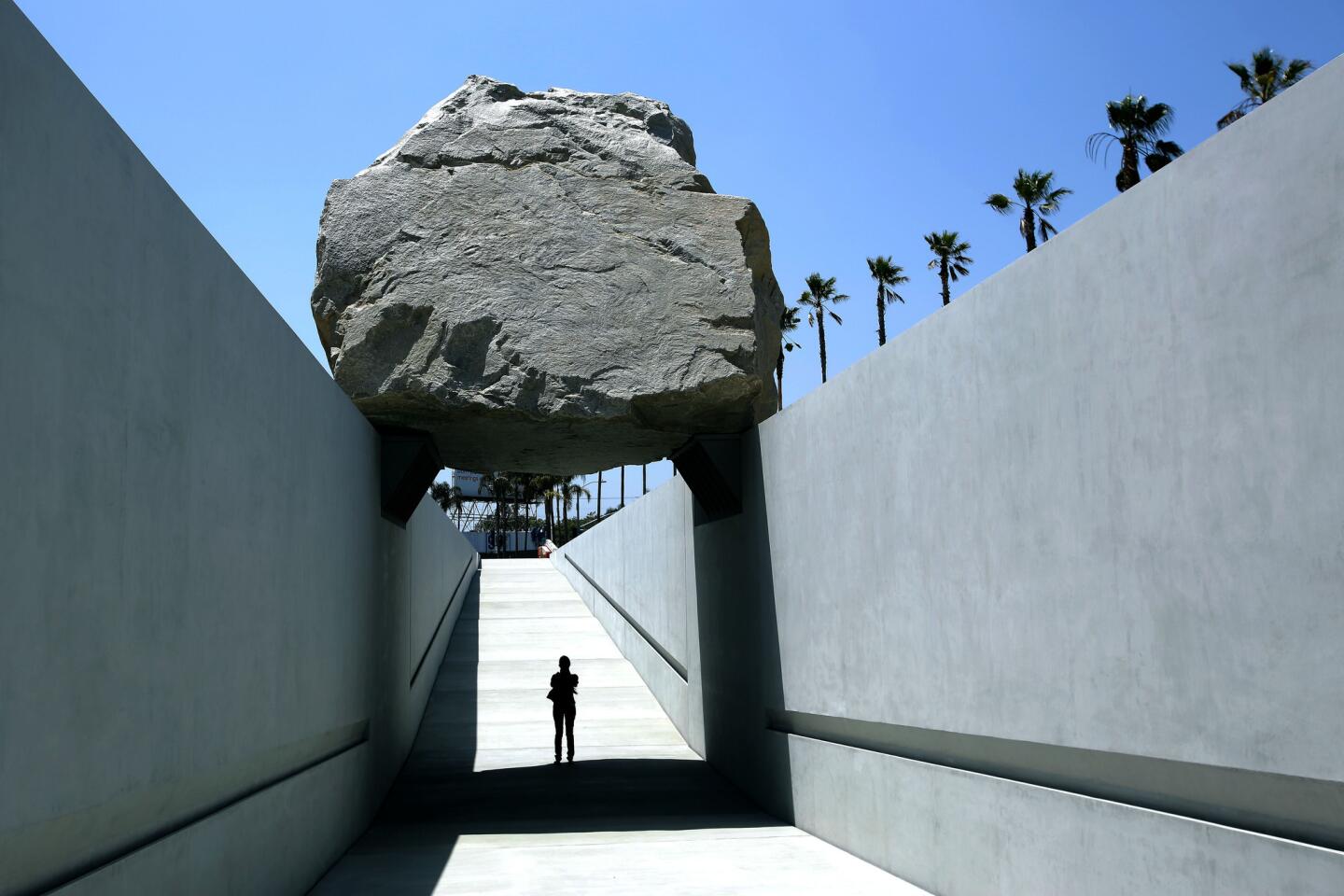
Review: LACMA’s new hunk ‘Levitated Mass’ has some substance | Critic’s Notebook: Art on an architectural scale at LACMA (Mel Melcon / Los Angeles Times)

Review: Antic ‘Alice’s Adventures in Wonderland’ a scenic spectacle | More photos (Brian van der Brug / Los Angeles Times)
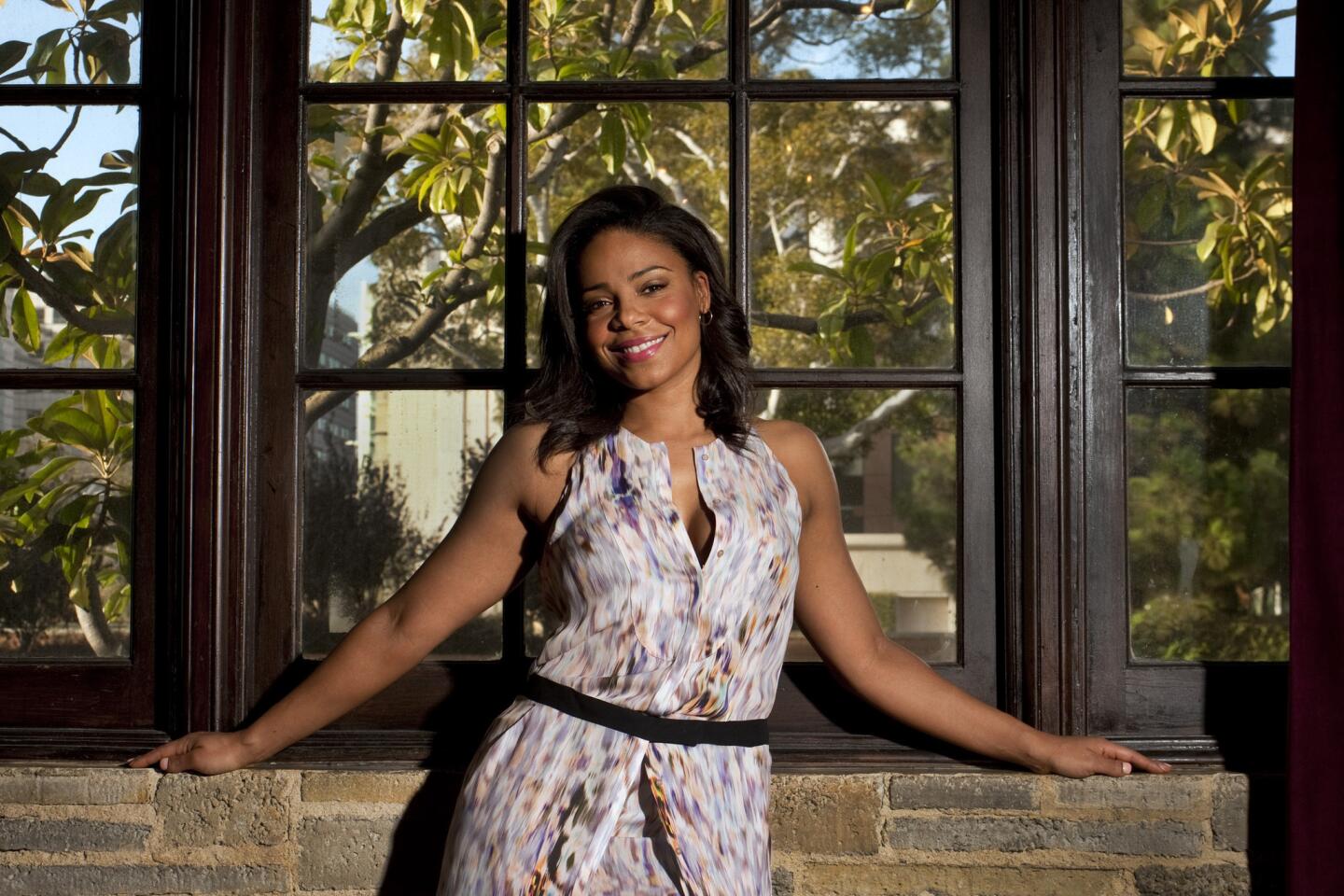
More: Q&A: Sanaa Lathan (Allen J. Schaben / Los Angeles Times)
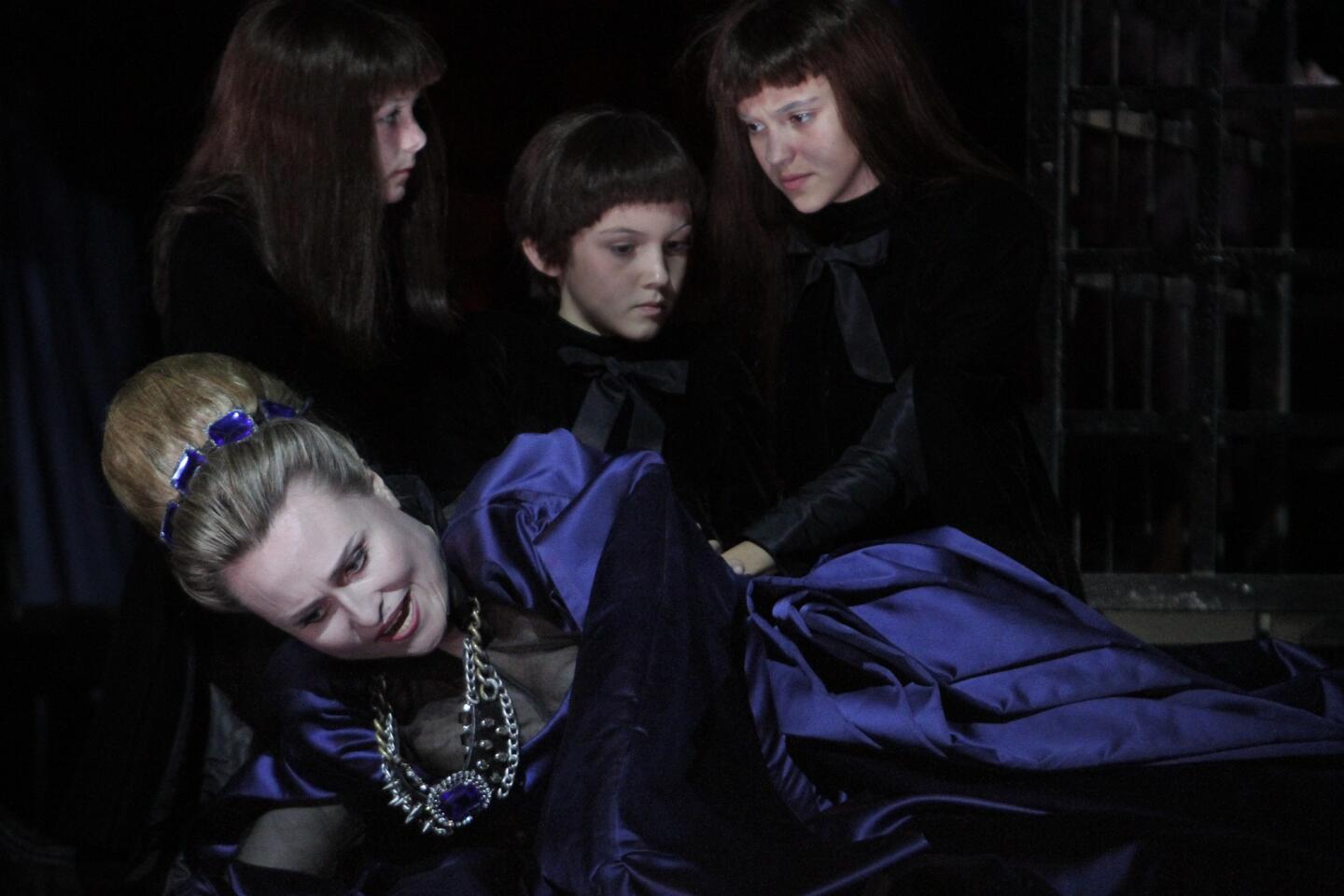
More: Los Angeles Opera takes fresh look at Verdi’s ‘The Two Foscari’ | Review (Lawrence K. Ho / Los Angeles Times)

Review: Itzhak Perlman closes Hollywood Bowl classical season (Lawrence K. Ho / Los Angeles Times)

Review: L.A. Opera’s ‘Don Giovanni’ upholds tradition expertly | Photos (Lawrence K. Ho / Los Angeles Times)

More: Kristin Chenoweth warms up for California concerts (Carolyn Cole / Los Angeles Times)

More: Composer Andrew Norman’s imagination has taken residence (Carolyn Cole / Los Angeles Times)

More: It’s no easy act for Felicity Huffman (Jay L. Clendenin / Los Angeles Times)

More: Sophie B. Hawkins channels Janis Joplin’s spirit in ‘Room 105’ (Luis Sinco / Los Angeles Times)

Review: Israel Philharmonic, rising above differences (Lawrence K. Ho / Los Angeles Times)

More: John Hurt plays back ‘interrupted pause’ of ‘Krapp’s Last Tape’ | Review (Anne Cusack / Los Angeles Times)

More: Teatro ZinZanni sets up a tent and fills it with elegant chaos (Lawrence K. Ho / Los Angeles Times)

More: Performance review: A down-to-Earth ‘Dirtday!’ (Lawrence K. Ho / Los Angeles Times)

More: Mark Z. Danielewski: The writer as needle and thread (Allen J. Schaben / Los Angeles Times)

More: Gustavo Dudamel’s captivating theatrics serve the music | More photos (Jay L. Clendenin / Los Angeles Times)

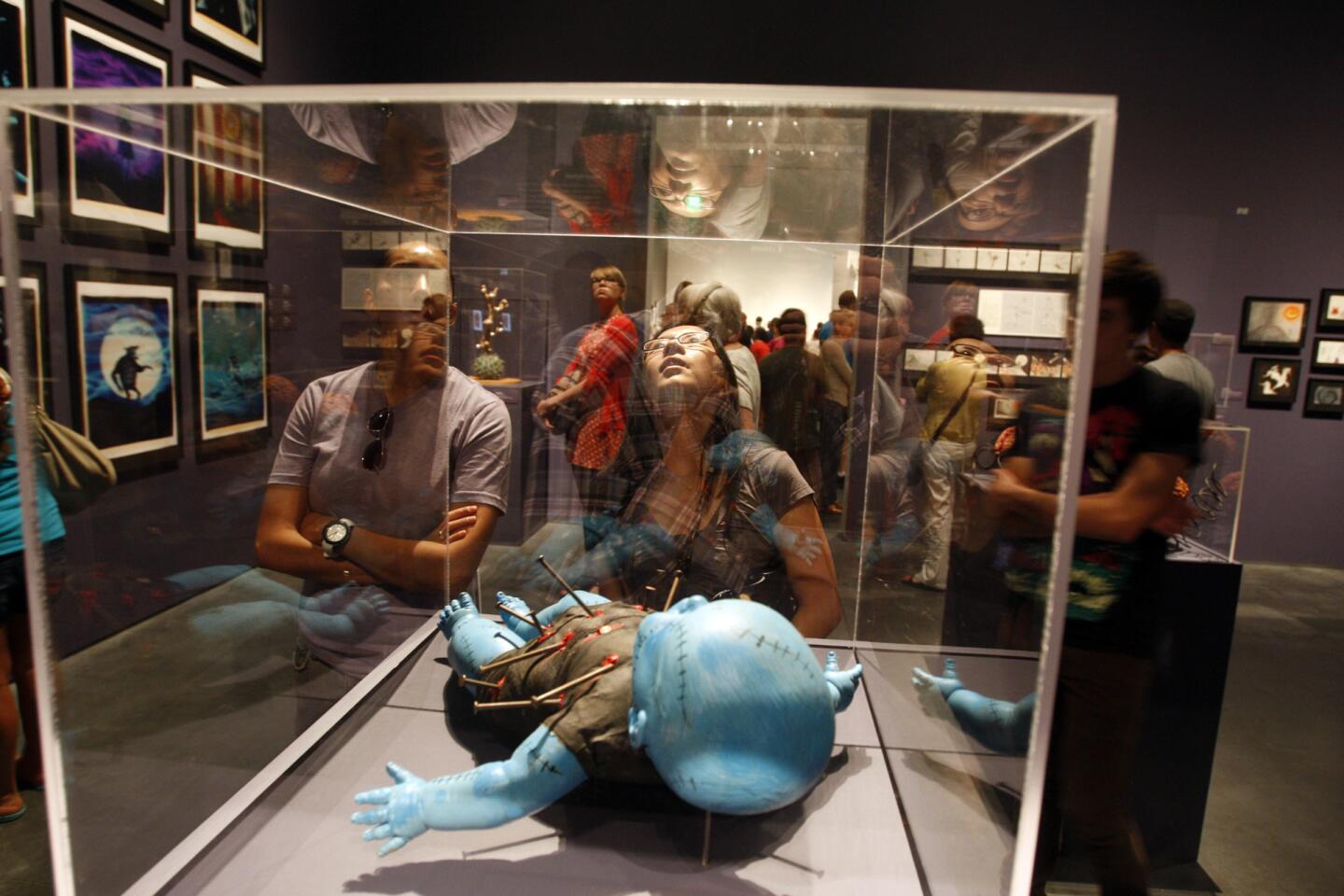
MORE: Doing the numbers on LACMA’s Tim Burton show (Gary Friedman / Los Angeles Times)
What do we do with the Duke? He was, most agree, the greatest jazz composer who ever lived. And more.
Duke Ellington was the soul of American music. David Schiff has just written a brilliantly illuminating book, “The Ellington Century,” that places the Duke at the center of it all. Academic Ellington studies are extensive. Terry Teachout has an Ellington biography on the way.
And yet Ellington remains an outsider. A handful of his compositions are standards. But his large-scale symphonic works, his opera, his this and his that — he broke boundaries — are significant rarities. Recordings of orchestral repertory are few. Often, as with a new one by JoAnn Falletta and the Buffalo Philharmonic, they are stodgy.
FULL COVERAGE: 2013 Spring arts preview
Astonishingly few major American orchestras and major American conductors champion the Ellington cause in the U.S. Three months ago, the BBC Concert Orchestra played Elgar at the Renée and Henry Segerstrom Concert Hall in Costa Mesa and then rushed home to London to play Ellington’s tone poem “Harlem.”
On Thursday night at Segerstrom, though, Carl St.Clair devoted his Pacific Symphony’s 13th annual American Composer’s Festival to Ellington. Devoted in name, anyway.
It was a disappointment. The orchestra chose a blandly eclectic Swiss saxophonist, Daniel Schnyder, as its ACF composer-in-residence. The Ellington numbers, for which the Duke Ellington Orchestra joined the Pacific Symphony, were conventional arrangements of mostly favorites. There was little indication of what Ellington meant to music, of the scope of his originality or the importance of his influence.
Ellington was a collector. He traveled the world and took it all in. He collected musicians too. He was a user and, some said, a thief, not always giving collaborators their due. But he had the great gift of empowerment. He illuminated and enlivened the individual voices of his band members. He put musical ideas that may not have been his own into motion. He made music happen in a way it had not happened before.
PHOTOS: Arts and culture in pictures by The Times
Schnyder is also a collector in the Ellington spirit. He’s an émigré in Ellington’s Harlem, travels the world and picks things up. But he is also a blender, which Ellington was not. Ellington allowed for and celebrated differences. His art was universal because it was specific, an Afro-American art that incorporated all the musical world.
The program began with Schnyder’s “Shourouk.” Schnyder’s trio — the composer on soprano sax, pianist Kenny Drew Jr. and trombonist David Taylor — lorded over timid principals of the Pacific Symphony for nine minutes of amiable musical tourism.
Schnyder’s large orchestra arrangements of “In a Sentimental Mood” (featuring Schnyder as soloist) and Variations on “Purple Haze,” turned Ellington into dewy haze and made Jimi Hendrix sound like Varèse on Vicodin. St.Clair conducted with swing, but the orchestra, especially swooping in strings in a fugal(!) section in “Purple Haze,” stayed stiff.
Schnyder’s bass trombone concerto, “subZERO,” showed off Taylor’s virtuosity and some of the instrument’s incomparable buzz and surprising suavity. Mahler liked the bass trombone a lot and so did Nelson Riddle; there were reminiscences of both in the slow movement, the most effective of the three. Thanks to Taylor, the first movement cadenza wowed.
CHEAT SHEET: Spring Arts Preview
For the evening’s Ellington half, the Duke Ellington Orchestra was seated amid the Pacific Symphony. It stood out not only for its signature music stands and the snappy tuxedos of it members but also because it is, as is often still the case in jazz, all male. Arrangement of “Take the ‘A’ Train,” “Caravan,” “Satin Doll,” “Creole Love Call” and “It Don’t Mean a Thing (If It Ain’t Got That Swing)” all featured the Ellingtonians and left the Pacific Symphony in uninspired backup.
There were only two novelties. James’ hard-driving arrangement of “The Eight Veil” had its premiere. Maurice Peress’ effective arrangement of Ellington’s last piece, “Martin Luther King Jr.” — from his “Three Black Kings” Suite — ended the program with genuine rapture, while also serving as a reminder of just how neglected are Ellington’s many symphonic suites.
A good part of the problem is that we only think we don’t know what to do with Duke. He was fearless. History is not. We’ve got the recordings, which Gary Giddins reminded us in The Times on Sunday are definitive. But they are snapshots of a musical life lived.
The Ellington Orchestra does good work as a musical ambassador (it’s just back from a tour to Russia). But to fully follow Ellington means never to do the same thing twice, to always find new solutions, to take chances.
Ellington was a supreme collaborator, and that collaboration needs to continue with venturesome composers. Schnyder at least tried, but others — say, Terry Riley, whose version of “Caravan” follows an ecstatic Middle Eastern path — won’t fail.
The biggest entertainment stories
Get our big stories about Hollywood, film, television, music, arts, culture and more right in your inbox as soon as they publish.
You may occasionally receive promotional content from the Los Angeles Times.











